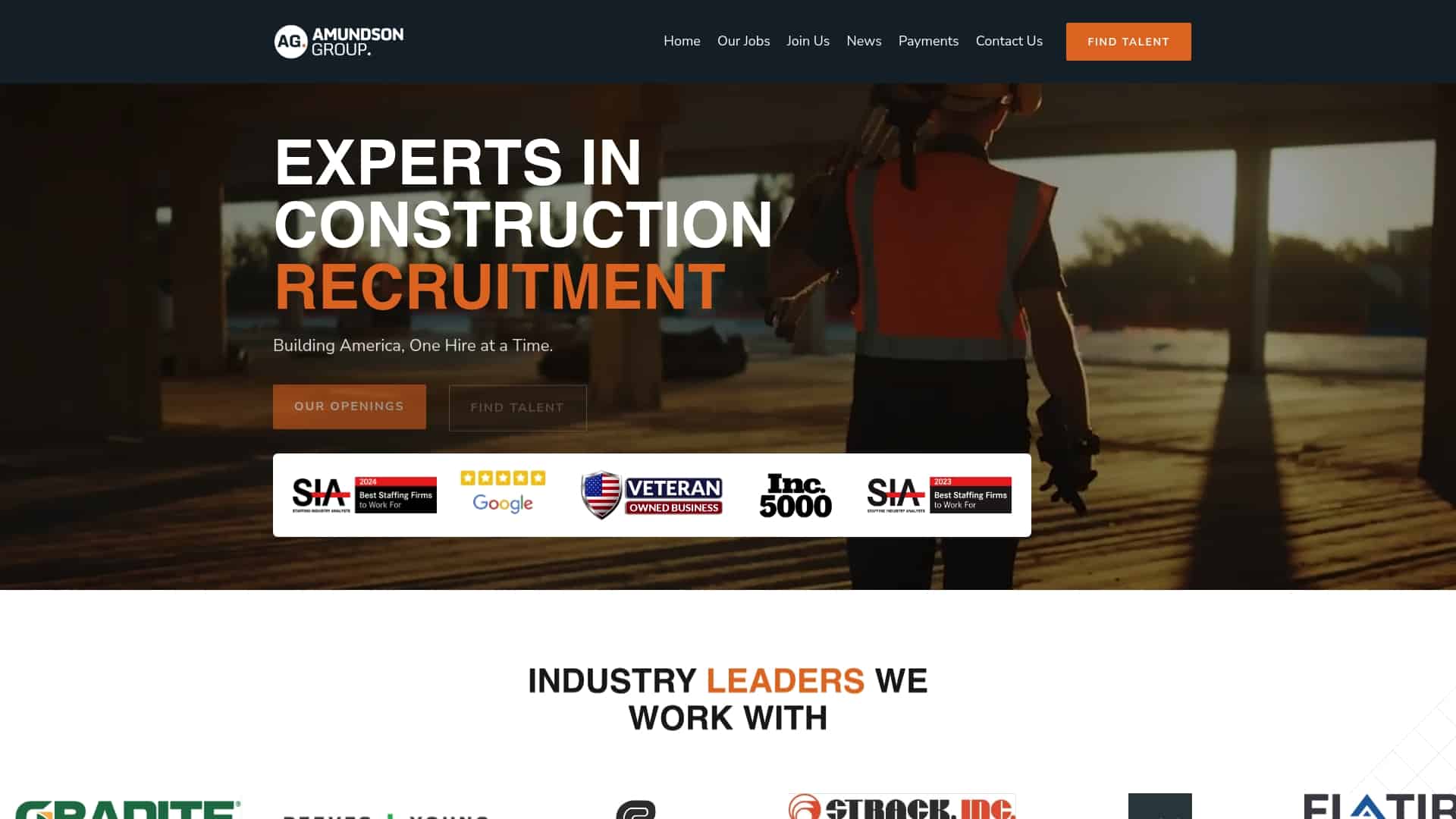Let me tell you something – in today’s job market, understanding how to retain talent isn’t just nice-to-have knowledge; it’s absolutely essential for business survival!
So what exactly does talent retention mean? At its core, retaining talent refers to an organization’s ability to keep its valuable employees and reduce turnover. It’s about creating an environment where your star performers want to stay rather than seeking opportunities elsewhere. Talent retention meaning encompasses all the strategies, policies, and practices that companies implement to keep their best people on board.

Why is this so important? Well, I’ve seen firsthand how devastating it can be when companies fail at retaining top talent. The costs are enormous – both financially and operationally. When a valued team member leaves, you’re not just losing their skills; you’re losing institutional knowledge, client relationships, and team morale.
As HR expert Dr. Sullivan puts it, “The true cost of failing to retain talents goes far beyond recruitment expenses – it impacts innovation, competitive advantage, and ultimately, the bottom line.”
Consider this: replacing an employee typically costs 1.5-2 times their annual salary. But the real damage of not knowing how to retain talent comes from the productivity gaps, decreased team cohesion, and the competitive advantage you hand to rivals who might scoop up your departing stars.
In the sections that follow, I’ll share practical, battle-tested strategies for retaining talent in the workplace that have worked for companies of all sizes. Let’s dive in!
Key Takeaways
| Key Point | Details |
|---|---|
| Importance of Talent Retention | Retaining talent is essential for business survival, as high turnover impacts costs, productivity, and team morale. |
| Cost of Employee Replacement | Replacing an employee typically costs 1.5-2 times their annual salary, highlighting the financial implications of poor retention. |
| Strategic Focus | Organizations must implement strategies and practices to create an environment that encourages top performers to stay. |
| Impact on Innovation | The failure to retain top talent can hinder innovation and a company’s competitive advantage in the market. |
| Long-Term Perspective | Viewing talent retention as a long-term investment is crucial for fostering employee loyalty and engagement. |
Top Strategies for Retaining Talent in the Workplace

I’ve worked with dozens of companies struggling to retain top talent, and let me tell you – there’s no magic bullet! But there are definitely some proven strategies that consistently help organizations keep talent engaged and loyal.
Competitive Compensation and Benefits
Let’s face it – money talks! While it’s not the only factor, ensuring your compensation packages are competitive is fundamental to retaining talent in the workplace. I always tell my clients that regularly benchmarking salaries against industry standards is non-negotiable if you’re serious about talent management retention.
But here’s the thing about retaining talents – it goes beyond just the paycheck. Comprehensive benefits like healthcare, retirement plans, and flexible spending accounts show employees you value their wellbeing. One CEO I worked with implemented a student loan repayment assistance program and saw their ability to retain talent improve by 25%!
Career Development Opportunities
If there’s one thing I’ve learned about how to retain top talent, it’s that ambitious people want growth! Creating clear career paths and investing in talent development and retention programs signals to employees that they have a future with you.
As leadership coach Maria Rodriguez puts it, “The companies that excel at retaining top employees make learning and advancement part of their DNA, not just an HR checkbox.”
Recognition and Appreciation
Want to know one of the simplest yet most overlooked strategies to attract and retain employees? Regular, sincere appreciation! Implementing both formal recognition programs and encouraging day-to-day acknowledgment creates a culture where people feel valued.
In the next section, I’ll dive deeper into creating the kind of workplace culture that makes talent retaining a natural outcome rather than a constant struggle.
The Role of Talent Development and Retention in Employee Satisfaction
Let me share something I’ve observed over and over in my career: talent development and retention are absolutely inseparable! You simply can’t expect to retain talents if you’re not investing in their growth.
I remember consulting for a tech company that was hemorrhaging star performers. Their exit interviews all pointed to the same issue – employees felt stagnant. They had mastered their roles but saw no path forward. This company learned the hard way that talent retention begins with development opportunities.

Learning Opportunities Boost Satisfaction
Employees who feel they’re growing are significantly more likely to stay put. Whether it’s formal training programs, mentorship opportunities, or cross-departmental projects, continuous learning is key to retaining talent in the workplace.
As development expert Chen Wei notes, “When organizations genuinely invest in helping employees build valuable skills, they’re not just improving their ability to retain top talent – they’re building advocates who recruit others to join.”
Skills Mapping for Career Pathing
One approach I’ve seen work wonders for talent retaining is skills mapping. This involves:
- Identifying the skills needed for various roles within the organization
- Assessing current employee capabilities
- Creating personalized development plans to bridge gaps
This structured approach to development gives employees clarity on how to retain talent from a management perspective, while also showing individual contributors their potential future with the company.
I’ve found that companies excelling at talent management retention don’t just offer training – they integrate development into performance management, succession planning, and daily operations. When employees see development as part of your company’s DNA rather than just an occasional workshop, your ability to keep talent skyrockets.
The data backs this up too – organizations with strong learning cultures have employee engagement rates 30-50% higher than their competitors, making them magnets that attract and retain talents effortlessly.
How to Attract and Retain Top Talent in a Competitive Market
I’ll be honest with you – the talent market has never been more competitive than it is today! With remote work expanding candidate pools globally, figuring out how to retain top talent has become increasingly challenging.
Let me share some battle-tested approaches that work wonders when you’re trying to attract and retain employees in this environment:
Employer Branding That Resonates
Your reputation as an employer is everything! I’ve seen companies transform their ability to retain talents simply by intentionally crafting and communicating their employer brand.
Start by defining what makes your company uniquely valuable to employees. Is it your innovative projects? Your supportive culture? Your social impact? Whatever your strengths, showcase them authentically across recruitment materials, social media, and employee testimonials.
As recruitment specialist Jamal Thompson puts it, “Companies that successfully attract and retain talents don’t just sell jobs – they tell compelling stories about belonging and purpose.”
Flexible Work Arrangements
If the pandemic taught us anything about retaining talent in the workplace, it’s that flexibility is non-negotiable for many top performers. I’ve watched organizations struggling to keep talent because they insisted on rigid arrangements while competitors offered options.
The most successful companies at talent retaining today offer:
- Remote or hybrid work options
- Flexible scheduling
- Results-focused management rather than time-monitoring
Competitive Intelligence
To retain top talent, you need to know what you’re up against! Regularly research what competitors offer regarding compensation, benefits, culture, and growth opportunities.
One financial services firm I worked with created a quarterly “talent retention radar” report tracking competitor offerings, which dramatically improved their talent management retention strategy by helping them stay ahead of market trends.
Remember, successfully retaining top employees in today’s environment requires constantly evolving your approach based on employee feedback and market conditions. The organizations that listen and adapt quickly are the ones that win the talent war!
Frequently Asked Questions
What is talent retention and why is it important?
Talent retention refers to an organization’s ability to keep its valuable employees and reduce turnover. It’s important because high turnover can lead to significant costs, decreased productivity, and loss of team morale.
How much does it cost to replace an employee?
Replacing an employee typically costs 1.5 to 2 times their annual salary. This includes recruitment costs, training new hires, and the impact on team dynamics and productivity.
What are effective strategies for retaining top talent?
Effective strategies include offering competitive compensation and benefits, providing career development opportunities, and ensuring recognition and appreciation for employees’ contributions.
How does employee development contribute to talent retention?
Investing in employee development not only boosts satisfaction and engagement but also signals to employees that there is potential for growth within the organization, which enhances their willingness to stay long-term.
Transform Your Talent Retention Challenges into Success with Amundson Group
Are you grappling with high turnover rates in your construction teams? As highlighted in our recent article on Effective Strategies to Retain Talent in the Workplace, organizations today face the daunting challenge of keeping their top performers engaged and loyal. With competition for skilled professionals at an all-time high, implementing thoughtful strategies for retention is more crucial than ever.

But fear not! At Amundson Group, we understand the unique dynamics of the construction industry and recognize the importance of personalized recruitment solutions. Our dedicated team specializes in connecting you with not just any candidates, but the right candidates—those who fit seamlessly into your company culture and priorities. With our extensive network and proven strategies, such as tailored career development opportunities and competitive compensation insights, we empower your organization to foster a supportive environment that enhances employee satisfaction and loyalty.
Ready to elevate your talent retention and secure your competitive edge? Visit us at Amundson Group and discover how we can help transform your hiring needs into a core strength of your organization today!




